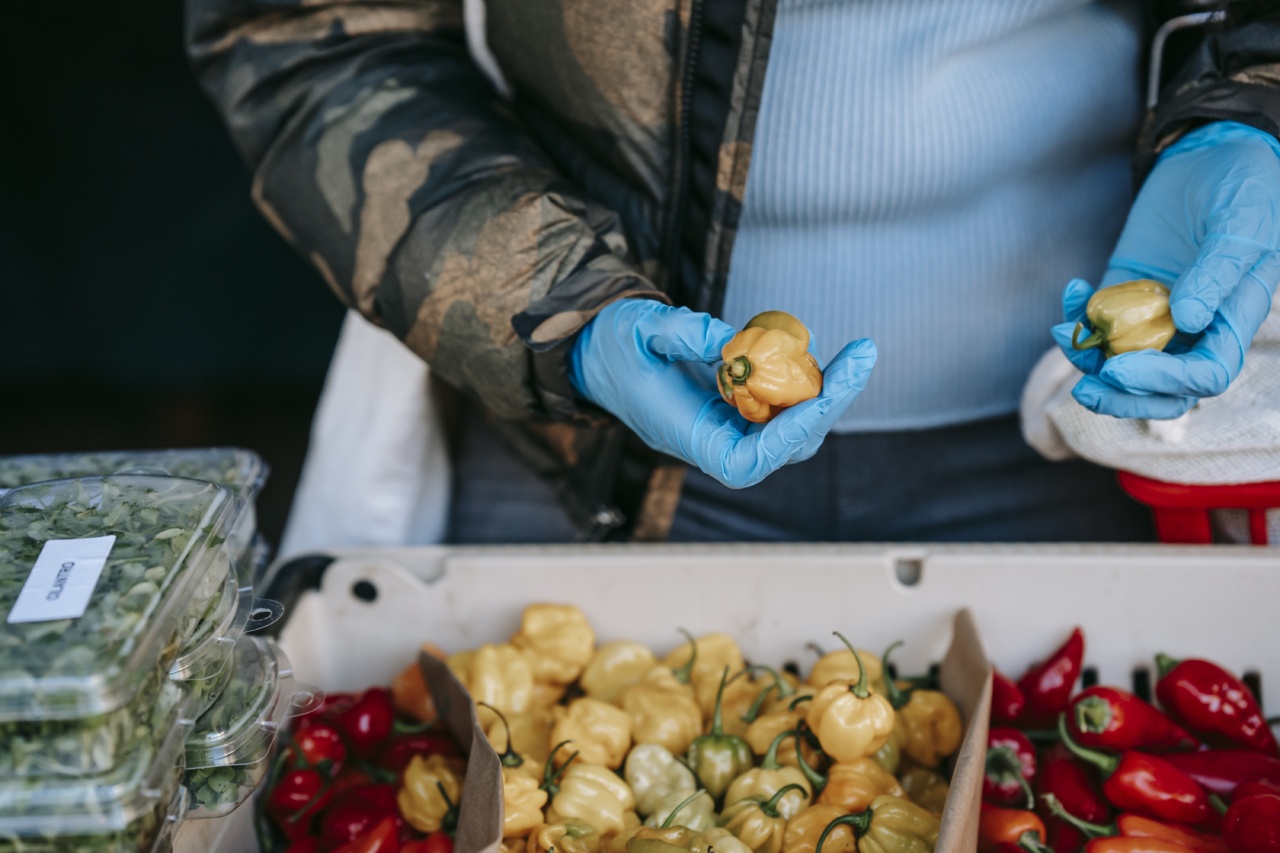Minimizing the Risk of Infections with Proper Food Cutting Techniques
Food preparation is a crucial aspect of cooking any meal. While it may seem simple, the way food is prepared can have a significant impact on the safety and quality of the meal.
One of the most important aspects of food preparation is cutting, as it can introduce a variety of pathogens and unwanted contaminants into the food. To minimize the risk of infections and ensure that food is safe to eat, it is essential to use proper food cutting techniques. Here are some tips to help you get started.
The first step to minimizing the risk of infection when cutting food is to use clean cutting surfaces. This includes cutting boards, countertops, and knives.
It is important to wash your hands thoroughly before preparing food and to clean all surfaces that will come into contact with food. Use hot, soapy water to wash cutting boards and countertops and be sure to rinse all surfaces thoroughly.
2. Separate Cutting Boards for Different Foods
Another important tip for minimizing the risk of infection is to use separate cutting boards for different foods.
This is especially important when working with raw meat and poultry, as these types of foods can contain harmful bacteria that can cause illness. Use one cutting board for meat, one for vegetables, and another for fruits to prevent cross-contamination.
3. Use Sharp Knives
Using a sharp knife when cutting food can help to reduce the risk of infection by making clean cuts that are less likely to damage the food.
Sharp knives also reduce the amount of pressure needed to cut, which can help to prevent slip-ups and accidental injuries.
4. Cut Foods Uniformly
Cutting foods uniformly can help to ensure that they cook evenly and reduce the risk of contamination.
It is particularly important to cut foods such as poultry and meat into evenly sized pieces to ensure that they are cooked thoroughly and to reduce the risk of disease.
5. Cut Away from Your Hand
When cutting, always cut away from your hand to reduce the risk of accidents. This is especially important when working with sharp knives, as they can easily slip and cause injuries.
Use a steady, even pressure when cutting and keep your fingers away from the blade to reduce the risk of accidents.
6. Don’t Leave Cut Foods Out for Too Long
One common mistake many people make when preparing food is leaving cut foods out for too long. Cut fruits and vegetables and even meats can spoil or become contaminated if left out for long periods of time.
As a general rule, cut foods should be refrigerated within two hours of being cut to minimize the risk of infection.
7. Use Different Knives for Different Food Groups
If possible, use different knives for different food groups. For example, use one knife for meat and another for vegetables.
This is particularly important if you are preparing food in bulk or if you work in a commercial kitchen where cross-contamination can be a significant issue.
8. Store Knives Properly
Proper knife storage is essential for reducing the risk of infection and injury. Keep knives in a knife block or on a magnetized strip to prevent them from being damaged or dulling.
Always store knives in a cool, dry place away from heat and humidity, as these can cause corrosion and damage to the blades.
9. Keep Your Work Area Clean
Keeping your work area clean is essential for minimizing the risk of infection when cutting food. This includes wiping down surfaces regularly with a disinfectant or sanitizing solution and sweeping up any debris or scraps.
Use a separate cutting board for each food group and wipe down knives and other tools between uses to prevent cross-contamination.
10. Follow Proper Handwashing Techniques
Finally, it is essential to follow proper handwashing techniques to minimize the risk of infection when cutting food. This includes washing your hands with soap and warm water for at least 20 seconds before and after handling food.
Use hand sanitizer if soap and water are not available and be sure to dry your hands thoroughly before handling food.
By following these simple tips, you can minimize the risk of infections when cutting food and ensure that your meals are not only delicious but also safe to eat.




























